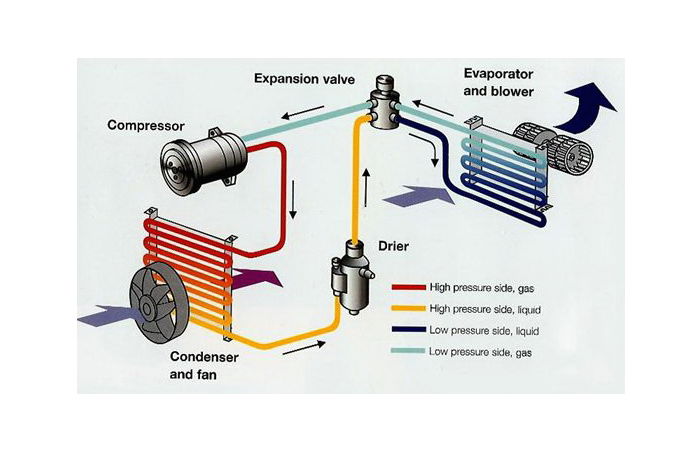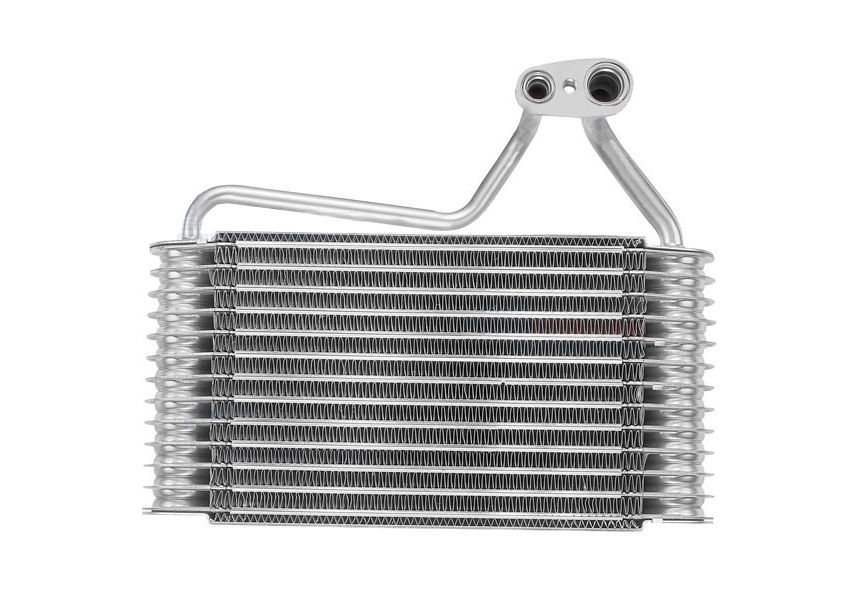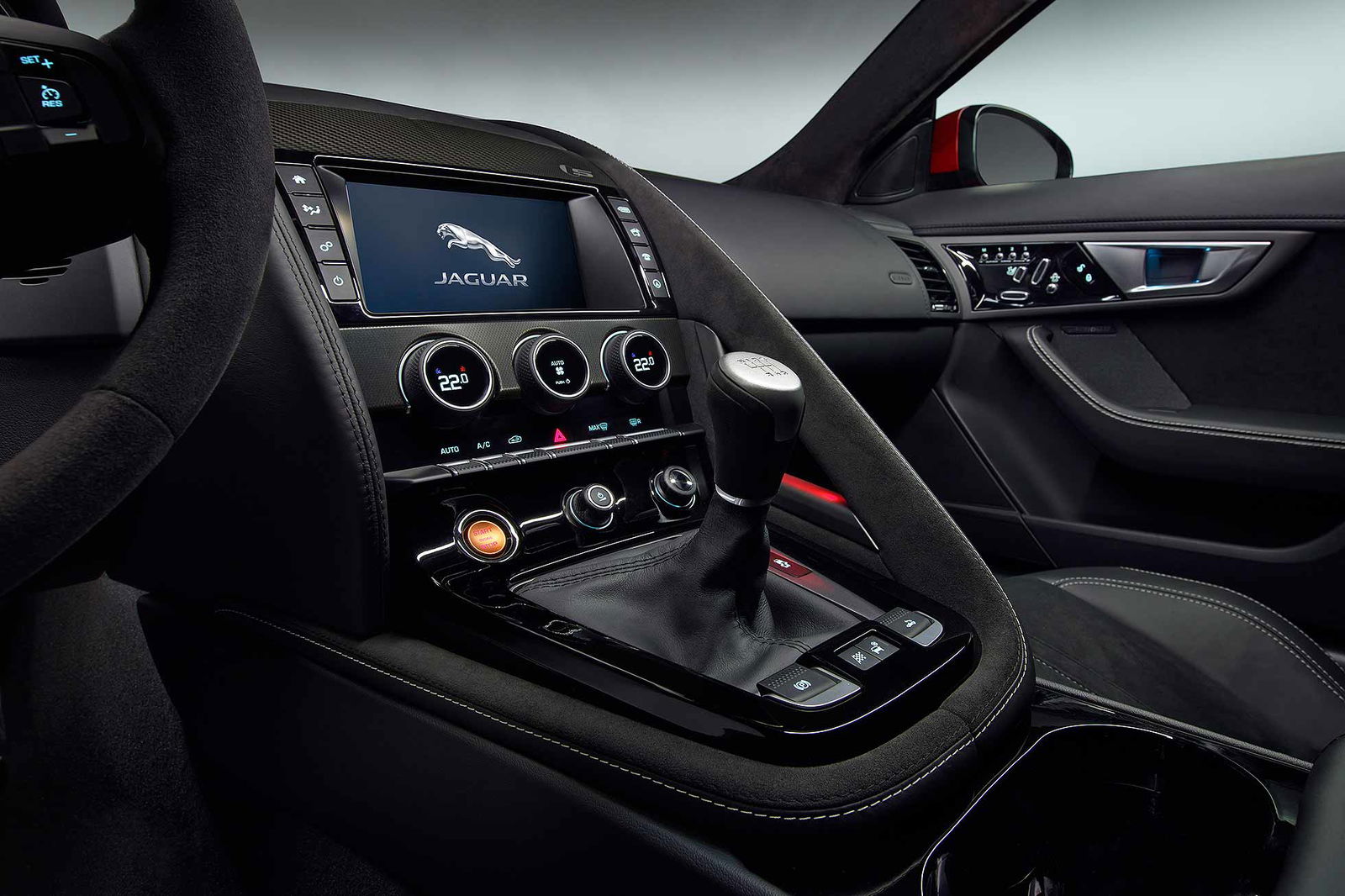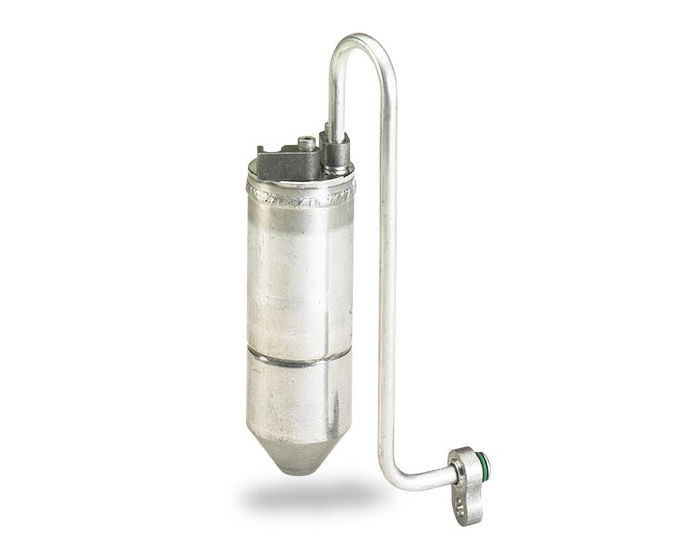How Do Climate Control And Air Conditioning Systems Actually Work?

Much like 4WD and AWD, one can be forgiven for thinking that the automotive luxuries of A/C and climate control are one in the same. In actual fact, a car specced with climate control as an option will always be more expensive than its A/C counterpart – so why is that the case?
Let’s start with what A/C is. Air conditioning involves a process of condensing and drying a fluid until it is cold, at which point it’s then be pumped into the cabin via fans to offset the warm ambient temperature of the surroundings. It does this using a fairly busy system of compressors, heat exchangers and fans to allow cold air to enter the cabin.
How does A/C produce cool air?

Step 1: Refrigerant in a gas form is compressed by the A/C compressor which runs off a belt, compressing the gas into a high-pressure state
Step 2: This refrigerant then enters a condenser – a heat exchanger normally placed in front of the radiator - where it changes state into a liquid
Step 3: The refrigerant then enters a dryer where most of the moisture is removed from the liquid
Step 4: The liquid is then pumped through an orifice tube which takes the refrigerant from high pressure to low pressure, changing its state into a cold gas
Step 5: The cold refrigerant in its gas state then flows through an evaporator. The evaporator then works as a cross-flow heat exchanger, cooling air that is passed through the heat exchanger fins by an A/C fan and finally blown through and into the cabin

One downside of air conditioning is that the temperature of the air entering the cabin is completely dependent on the ambient air temperature outside. The evaporator can only produce a certain rate of heat exchange, meaning that you will be adjusting your A/C dials to keep the cabin at your desired temperature.
This makes air conditioning an open-loop system in engineering terms, meaning that it endlessly takes an input, applies a process (like heating or cooling) and then produces an output from that process. Changes to an open-loop system have to be made manually, like having to adjust the knobs on the dashboard to the red or blue areas to search for the exact temperature that you want.
How is climate control different?

Climate control takes air conditioning and does away with the guessing game of temperature change. Just as its name suggests, it allows you to accurately dictate the exact temperature of the air entering the cabin, even to half-degree increments. It is effectively air-conditioning, but with a brain.
This is accomplished using a feedback loop or closed loop control system. This means that the output from the system is translated into some form of information and sent back as feedback to the input controller so that adjustments can be made. So if you set your climate control at 17 degrees centigrade, the climate control will form a feedback loop in order to keep the cabin at that temperature.

It does this by controlling fairly simple aspects of the air conditioning system, like fan speed. If the feedback loop realises that the ambient temperature is warming up slightly, the input control will increase fan speed, thus allowing a faster rate of cooling air into the cabin. This means that the effect the A/C evaporator is having on the refrigerant can be controlled to increase or decrease, thus allowing an accurate control of air temperature.
More advanced systems use sunlight detectors on the dashboard to predetermine the amount of heat that will be entering the car through solar radiation. If large amounts of sunlight are detected, the controller will increase A/C in preparation, reducing any form of lag within the heat-exchanging process.

Climate control effectively means that – if you live in a stable climate – you may only need to set the cabin temperature once, leaving the on-board computer to do the work and keep the cabin at the desired temperature. Most cars these days will come with air conditioning as standard, with climate control being an optional extra or standard on more expensive models.
Although to be honest, a standard heater is all we really ever need in the UK, seeing as the ambient air around here is generally nice and cool in the first place! Air conditioning itself can be a nuisance when it comes to servicing too, with re-gassing being a common occurrence once a car reaches a certain age. So next time you head down to spec your latest pride-and-joy, will you pay up for climate control or stick with good old standard A/C?
Comment below with your thoughts!
Comments
Basically thermostat and variable heating/cooling?
I’ve yet to experience variable climate control that works here in the desert, it’s the sun and the windows… I’m curious to try a system with the dashboard heat sensors.
My country is tropical. Without ac, we’d melt in our cars.
[DELETED]
My country is cold with ac we would melt aswell
Meanwhile in my Volvos there are just slides that control flaps via som steel wires to control where the air goes :P
A/C = power loss
Then roll the windows down!
I canada we just fire up the woodstove and have our m8’s hold our timmies while we rip in the snow.
so climate control really changes climate in our planet
STOP CLIMATE CHANGE!!!!
Having owned cars with no air conditioning, normal air conditioning and climate control i definitely approve of climate control. makes driving so much more pleasant especially when my body always seems to run hot.
I live in Iceland… well you get the idea.
Pagination